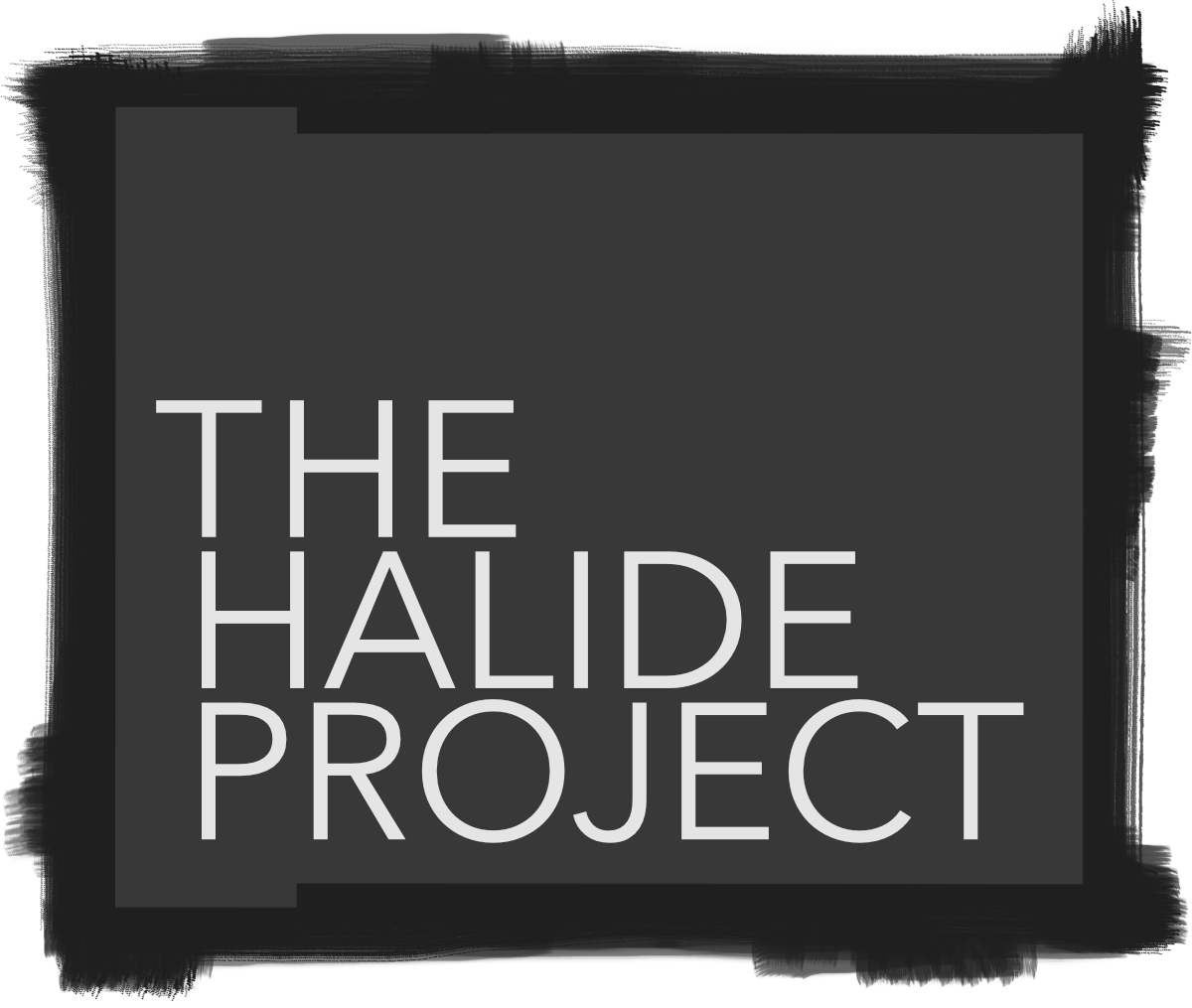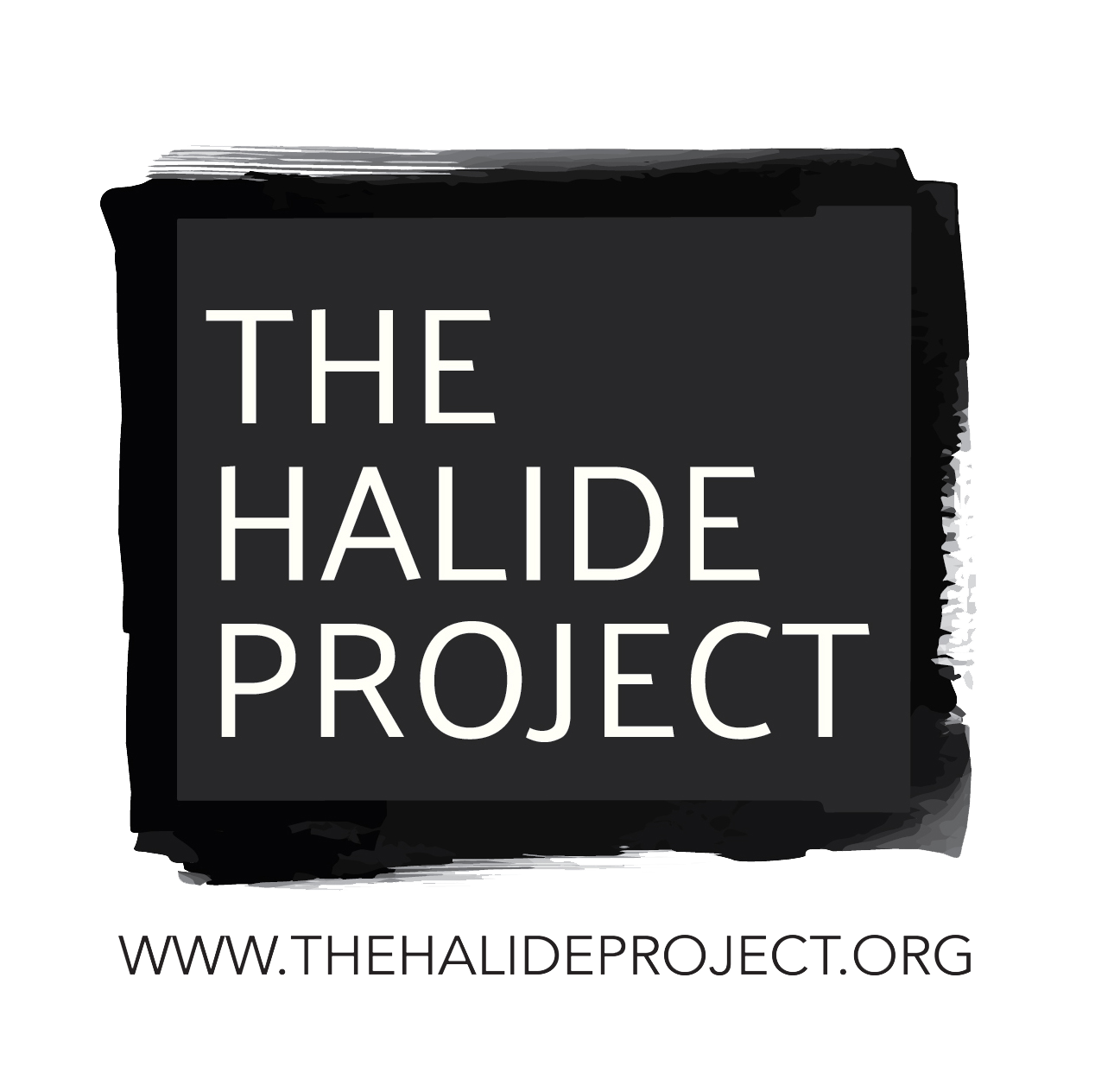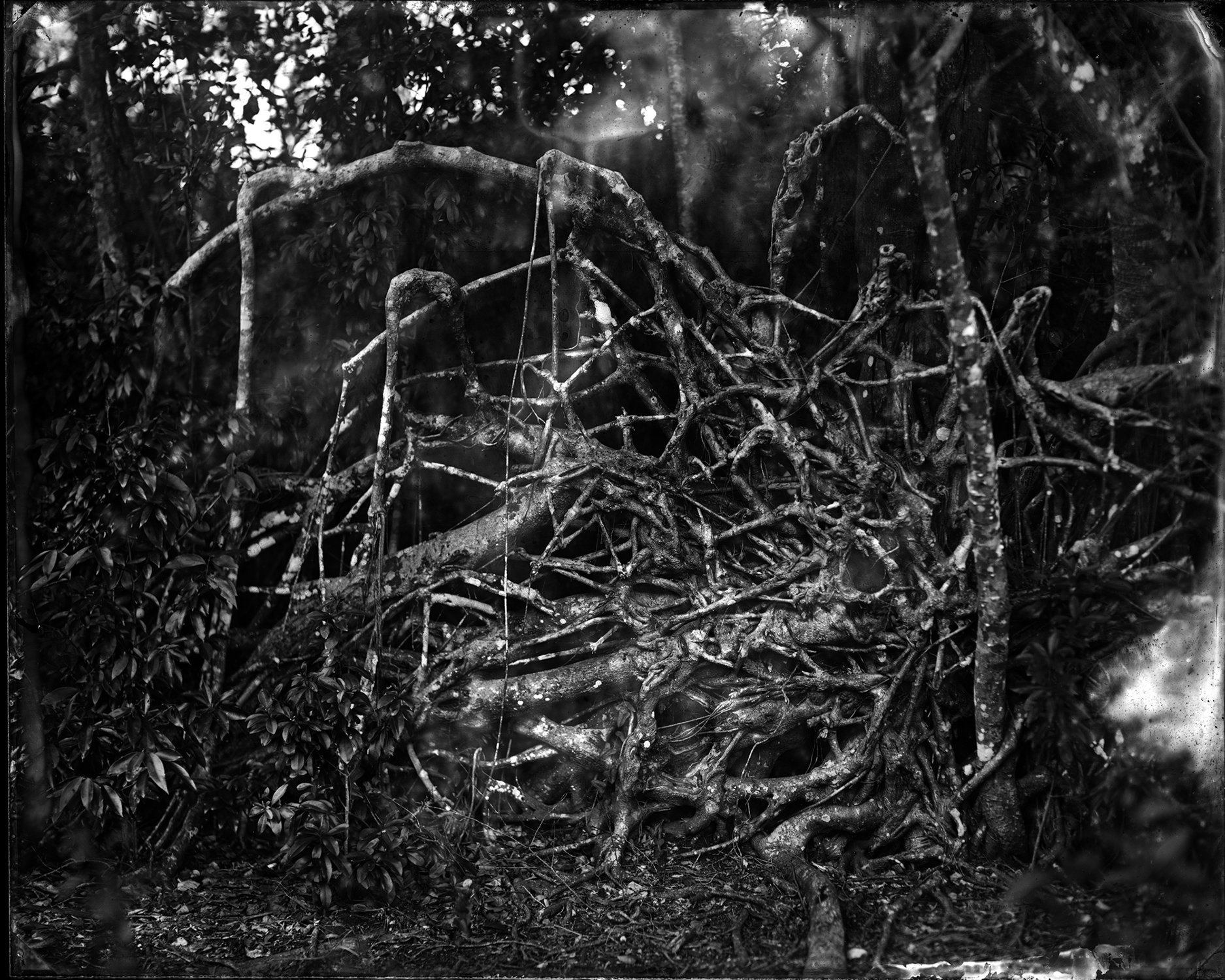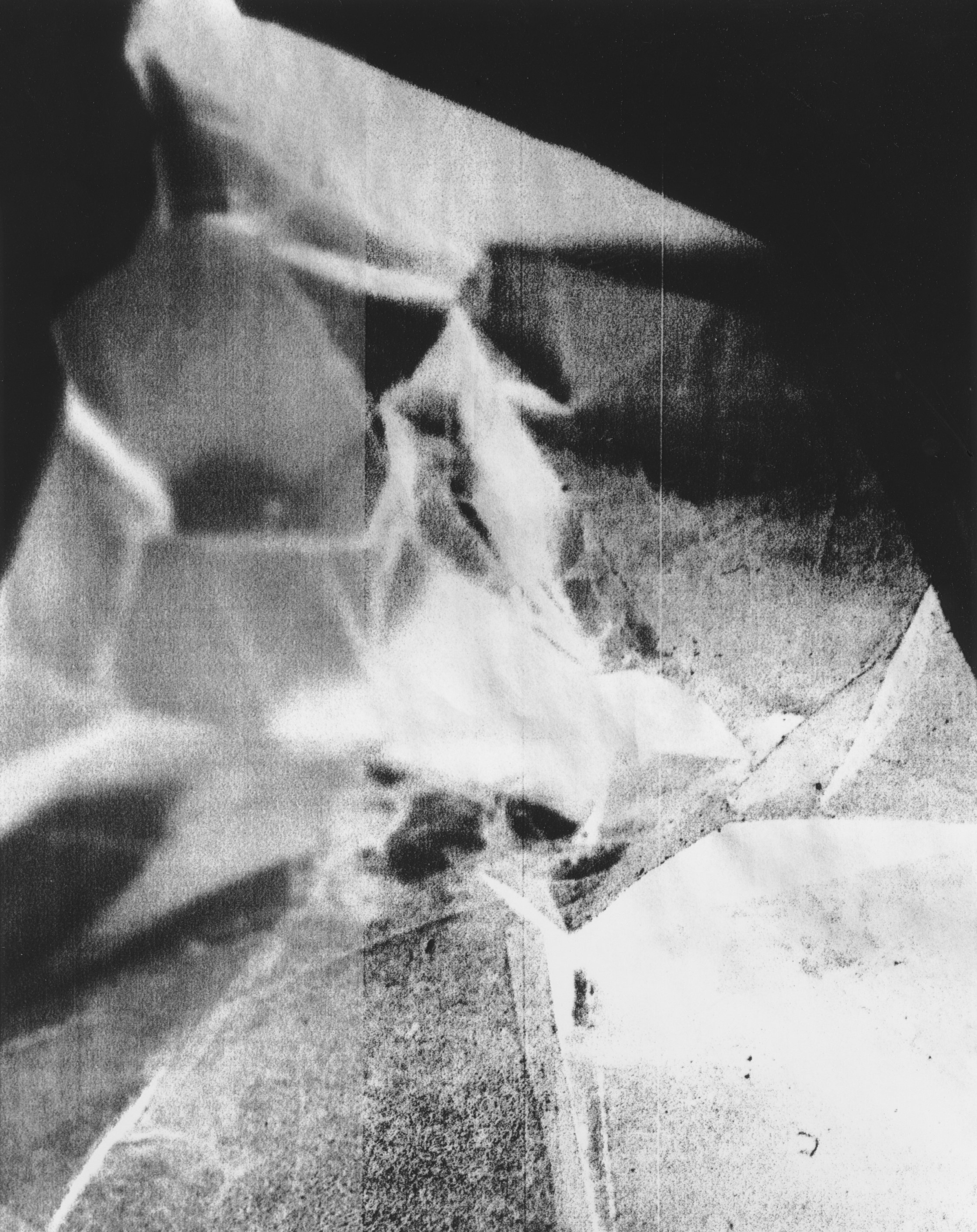Of Metal & light
Of Metal & Light
Stripped down to its essence, photographic imagery is simply the result of a chemical reaction that takes place when light comes into contact with a light-sensitive compound. This foundational simplicity, however, belies the complex nature of photography as an art form. Not only do artistic choices come into play – such as subject matter and composition – but the specific combination of chemicals – ultimately reduced to their elemental forms – informs the resulting image. Through this choice of process, photographers are able to employ a mode of expression that best complements their concept, allowing the harmonization of vision and technique.
Of Metal & Light features work by three artists who explore the elementary nature of photography, both chemically and conceptually. Their work demonstrates how choice of material is an important – and too often overlooked – factor in image-creation.
The artists themselves provide inspiration with their creative vision and willingness to experiment with form, exemplifying the forward momentum of traditional processes within contemporary photography.
Lisa Elmaleh is known for her work in the wet plate collodion process, demonstrating the portability of the medium by having converted her truck into a mobile darkroom. Her Everglades series celebrates an ecosystem that shaped her personal history as a native of South Florida. Described as being “on life support,” because of the need to deliver freshwater to the park by feats of engineering, the Everglades dramatically represent the effects of urban and agricultural land use on natural resources. With this body of work, Lisa hopes to “preserve the essence of the Everglades, a land we are rapidly losing without knowing the full extent of our loss.”
Lisa’s use of the wet plate process in this body of work is crucial, as its slow rendering of light reveals the passage of time, an essential element in the work.
Sage Lewis painstakingly constructs architectural models and then crushes them, photographing the ruins from various vantage points in order to show divergent views of the same structure. This dichotomy of strength and stability existing alongside the potential for weakness and ruin is paramount in Sage’s work, as it relates to the “effort of reconciling multiple truths amid ever-changing circumstances.”
A multi-media artist, Sage has chosen to present this body of work as silver gelatin prints, utilizing the medium’s ability to produce high contrast to create a focal point that serves to draw viewers in for a closer look and question what it is they are looking at.
Lucretia Moroni approaches photography from a background in the decorative arts, a form that she has practiced for over thirty years. A desire to experiment with medium and technique led Lucretia to alternative process photography, and she soon found herself combining her passions by using traditionally-prepared gold and platinum leaf as a ground for cyanotype and platinum prints. This extremely experimental work reflects the interplay between art historical traditions, such as Byzantine mosaic and medieval paintings, and the more modern tradition of photography, firmly anchoring Lucretia in both realms.
Dale Rio
The Halide Project






















